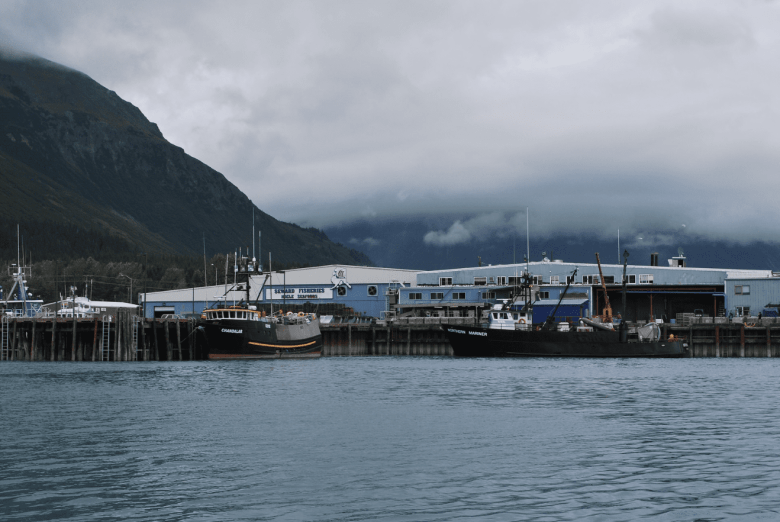
By Max Graham / Grist
Scientists first spotted the Blob in late 2013. The sprawling patch of unusually tepid water in the Gulf of Alaska grew, and grew some more, until it covered an area about the size of the continental United States. Over the course of two years, 1 million seabirds died, kelp forests withered, and sea lion pups got stranded.
But you could have easily missed it. A heat wave in the ocean is not like one on land. What happens on the 70 percent of the planet covered by saltwater is mostly out of sight. There’s no melting asphalt, no straining electrical grids, no sweating through shirts. Just a deep-red splotch on a scientist’s map telling everyone it’s hot out there, and perhaps a photo of birds washed up on a faraway beach to prove it.
Yet marine heat waves can “inject a lot of chaos,” said Chris Free, a fisheries scientist at the University of California, Santa Barbara. It’s not just gulls and sea snails that suffer. Some 100 million Pacific cod, commonly used in fish and chips, vanished in the Gulf of Alaska during the Blob. In British Columbia and the Pacific Northwest, salmon runs – and the fishing industry that depends on them – floundered. The acute warming also triggered a toxic algal bloom that disrupted the West Coast’s lucrative Dungeness crab business.
“It occurred in this place where we have some of the best-managed fisheries in the world, and it still created all these impacts,” Free said.
The Blob was the largest and longest-lasting marine heat wave on record. It might also have been an early glimpse of what’s to come. Fish farms in Chile, scallop operations in Australia, and snow crab pots in Alaska have already fallen victim to oceanic overheating. The economic toll from a single occurrence on fisheries and coastal economies can be as hefty as $3.1 billion. The northeastern Pacific Ocean has experienced several hot spells over the past decade — including the Blob 2.0 — and it’s still experiencing one. As a result, six of the last seven Dungeness crab seasons in California have been delayed. Scientists predict more fisheries will collapse in coming years as climate change — and the ongoing El Niño weather pattern warming the Pacific — spurs more marine heat waves.
Support our Independent Journalism — Donate Today!
“I’m really worried,” said William Cheung, director of the Institute of Oceans and Fisheries at the University of British Columbia. “This year we already know the temperature is crazy high.”
As the planet warms, marine heat waves have grown more frequent and more severe. The world’s oceans have absorbed 90 percent of the heat trapped in the atmosphere by greenhouse gasses, and are as hot as humans have ever measured them. During a hotspot in late July, water off the southern tip of Florida reached 101 degrees Fahrenheit — toasty enough to fill a hot tub.
“That’s the highest water temperature I’ve ever heard of in the ocean,” said Steve Murawski, a fisheries biologist at the University of South Florida who has studied oceans for 50 years. “Fish species in particular are great canaries in our collective coal mine.”
Marine heat waves can form in a number of ways, but in general they’re caused by changes in how the air and ocean currents move. When the wind weakens, the sea temperature tends to rise because warm surface water doesn’t evaporate as easily, and colder water doesn’t get churned up from the deep.
Shifts beneath the surface can trigger heat waves, too. One appeared off the west coast of Australia in 2011 when a streak of warm water, some 100 miles wide and 3,000 miles long, surged south. It brought so much warmth from the tropics that ocean temperatures in the region rose almost 11 degrees Fahrenheit above normal. The extreme conditions stuck around for about three months, killing shellfish and forcing scallop and crab fisheries to close. To this day, the kelp forests, which provide crucial habitat for marine creatures like lobsters, haven’t recovered, said Alex Sen Gupta, an ocean and climate scientist at the University of New South Wales.

Max Graham
Max Graham is the food and agriculture fellow for Grist Climate News. Read more by this author at the link below.
